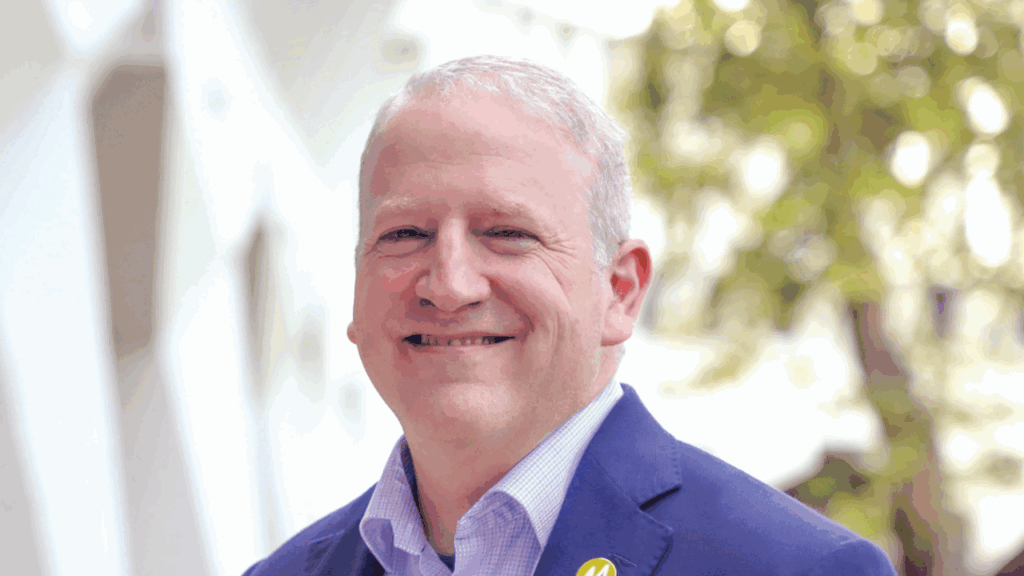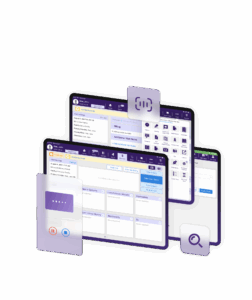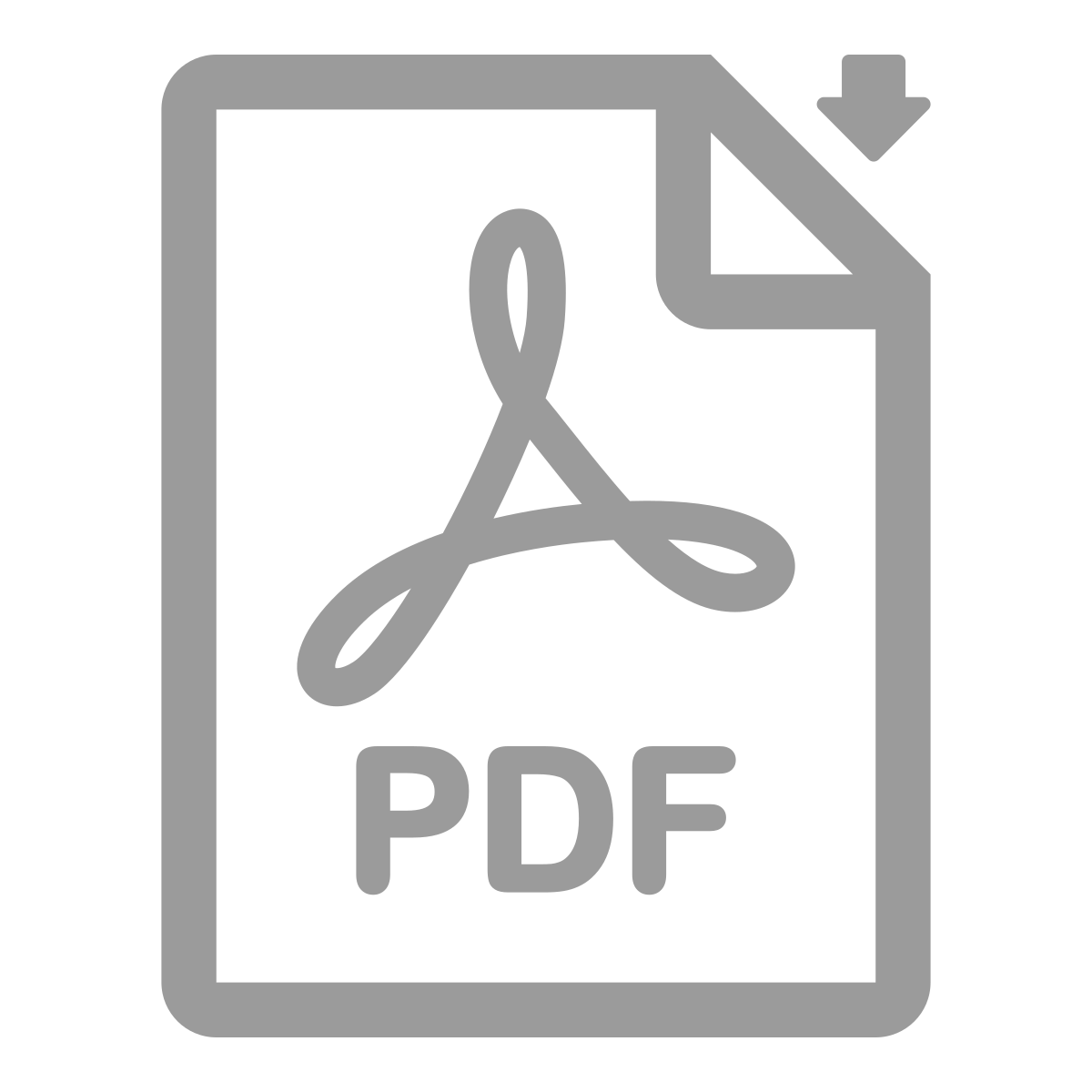ModMed, the company that created specialty-specific electronic health records (EHR) systems, is at it again. The company debuted ModMed Scribe at this year’s American Academy of Dermatology Meeting in Orlando, FL. Akin to a dermatology whisperer, ModMed Scribe uses AI to seamlessly and obtrusively prepare patient notes so that dermatologists can continue being dermatologists.
Michael Sherling, MD, ModMed’s Cofounder and Chief Medical and Strategy Officer, chatted with TDD/JDNPPA about the new tool and how it increases efficiency.
TDD: Tell us about Scribe.
Michael Sherling, MD (MS): “Dermatologists are used to documenting very visually. They may have a scribe in the room with them and communicate to their scribe what they’re looking at. There’s a lot of non-visual communication in dermatology. So I may say, ‘I see this here, or I see that spot there,’ but a patient doesn’t really know what’s going on with that nonverbal communication. We are not telling the patients exactly what we’re seeing, explaining what we’re seeing, or why we’re seeing it.
“AI can summarize exactly what a doctor is saying in near real time. There’s a benefit to the patient and the doctor. Saying, ‘Hey, there’s a mole on your left shoulder that measures 0.4cm. We’re gonna watch it,’ is much more communicative than, ‘You have a funny-looking mole somewhere in your back. Can you get your wife to look at it?’ ModMed Scribe allows us to be more prescriptive with what we’re seeing and can help get accurate documentation, and you’re bringing the patient into it, which is better, too.”
TDD: How long does it take to generate notes?
MS: “The technology is there to document things in near real time. You could wait 15-30 seconds and have the summary of your interview with the patient, a summation of the diagnosis, your thoughts about that diagnosis, and any specific counseling that you did for that patient. If you just told the patient, ‘It could be this, I’m not totally sure it could also be this,’ the Scribe will capture that. This is important because medicine isn’t black and white all of the time. Your prescriptions, your lab orders, and the biopsies that you do—including the different settings of that biopsy—can also be documented. When you leave the room and the patient leaves the room, your note is done.”
TDD: How can adopting this tool benefit practicing dermatologists?
MS: “There’s a massive labor shortage in healthcare. It’s hard to hire good help, and oftentimes, good help moves on whether you’re looking for a medical assistant, a scribe, or a receptionist. It’s hard to keep them there. This is a technology that doesn’t take a day off and that doesn’t quit. If you learn how to use this technology, you have a stabilizing force in your practice, and then the medical assistant can be an actual medical assistant. The receptionist can greet the patient instead of being glued to a computer. This is the novel piece.
“With ModMed Scribe, you can finally capture the nuances of the clinical documentation and interaction, which is really the most important part of any chart. It resets the way doctors can interact with their patients and can help lower the documentation burden and burnout rate because they can just treat the patient in front of them.
“The AI is only listening to what the doctor says. It’s not making any clinical decisions. Each of the models that we train are specialty specific. So, the model understands dermatology. Think of it as an extra pair of hands, writing down like everything that I’m doing. It ignores anything that is not clinical.
“There is no change to the more casual part of the patient-doctor dynamic. I say, ‘Hey, I’m gonna record. Is that OK with you? This is just to help me write my note.’ If they say yes, I press the ‘Record’ button. The iPad is sitting on the counter about three to four feet away. And then I just talk to my patient. I do a history, and when I’m asking them questions, it’s transcribing my questions, their answers, my follow-up questions, and their answers. It’s thinking about, ‘How do I summarize this into a history?’
“It’s not making a clinical decision. It’s always important for the doctor to review the prediction just like they would if they had a scribe.”
TDD: Does anything get lost in translation?
MS: “The opposite. I can speak in a way that a patient understands. I don’t have to speak technically for this to write technically. I can speak comfortably to the patient. So, for example, if I’m going to freeze some actinic keratoses, I can just say, ‘Hey, you have precancerous spots on your forehead. I’m going to freeze off.’ ModMed Scribe is trained to understand that how we speak to patients is different than how we write, which I think is really important because you don’t want to be too technical.”
TDD: How are patients responding to Scribe?
MS: “Most patients find it unobtrusive. It’s a computer listening to help a doctor write their notes. It’s not looking at them. Why wouldn’t they want their doctor focused on them instead of focused on typing?”
TDD: Does it easily integrate with ModMed’s EMR?
MS: “Yes. It’s the same system. There’s no migration needed. You may need a newer iPad with an M chip to process the transcription faster. (M chips replace Intel processors in Macs and offer improved performance and energy efficiency.) We use the iPad for the photographs, too. You can continue using the EMR on the iPad while it’s recording. You don’t have to stop what you’re doing. It’s still listening in the background and processing.”




